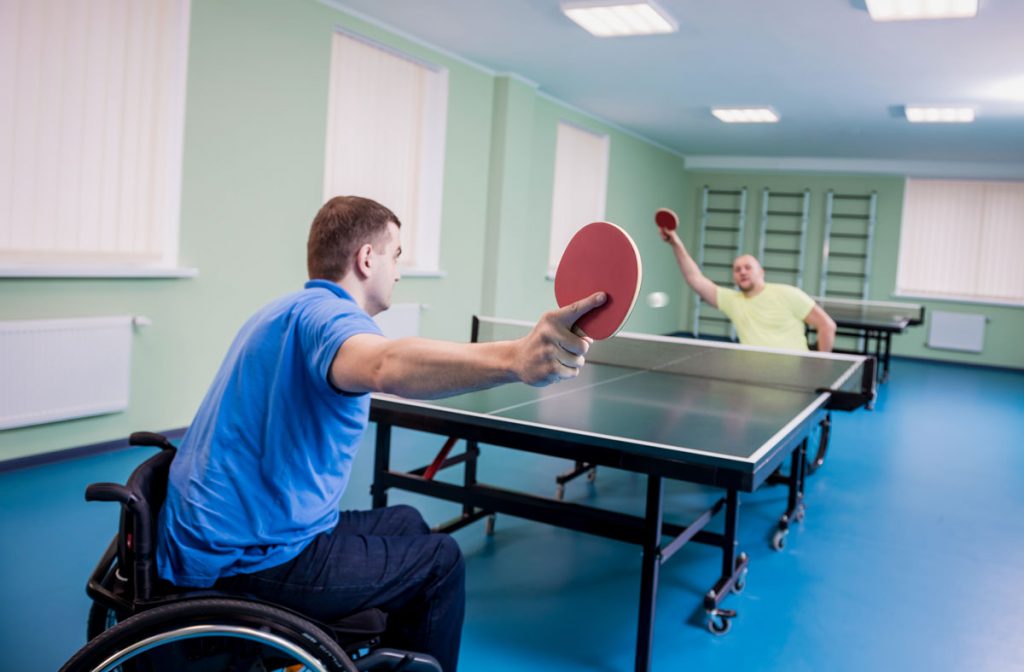The Ultimate Guide To Dementia Fall Risk
The Ultimate Guide To Dementia Fall Risk
Blog Article
The Best Strategy To Use For Dementia Fall Risk
Table of ContentsIndicators on Dementia Fall Risk You Need To KnowThe Dementia Fall Risk DiariesThe Buzz on Dementia Fall RiskHow Dementia Fall Risk can Save You Time, Stress, and Money.
An autumn risk assessment checks to see just how most likely it is that you will drop. The assessment normally consists of: This includes a collection of questions about your overall wellness and if you've had previous falls or issues with equilibrium, standing, and/or strolling.STEADI includes screening, assessing, and treatment. Interventions are recommendations that might minimize your risk of dropping. STEADI includes 3 steps: you for your danger of succumbing to your danger elements that can be improved to attempt to stop drops (as an example, balance troubles, impaired vision) to lower your threat of dropping by using efficient strategies (for instance, offering education and learning and sources), you may be asked several concerns consisting of: Have you dropped in the previous year? Do you feel unstable when standing or walking? Are you stressed over dropping?, your company will certainly examine your strength, equilibrium, and stride, utilizing the following loss analysis tools: This examination checks your gait.
You'll sit down once again. Your provider will examine how much time it takes you to do this. If it takes you 12 secs or more, it may mean you go to greater threat for an autumn. This examination checks stamina and equilibrium. You'll rest in a chair with your arms went across over your upper body.
Move one foot halfway forward, so the instep is touching the large toe of your other foot. Move one foot fully in front of the various other, so the toes are touching the heel of your other foot.
7 Easy Facts About Dementia Fall Risk Shown
The majority of drops happen as an outcome of several contributing factors; as a result, managing the danger of dropping starts with determining the variables that contribute to fall danger - Dementia Fall Risk. Several of one of the most relevant danger variables consist of: Background of previous fallsChronic medical conditionsAcute illnessImpaired gait and equilibrium, lower extremity weaknessCognitive impairmentChanges in visionCertain high-risk medications and polypharmacyEnvironmental elements can also increase the risk for drops, consisting of: Insufficient lightingUneven or damaged flooringWet or unsafe floorsMissing or damaged handrails and order barsDamaged or incorrectly fitted equipment, such as beds, wheelchairs, or walkersImproper use of assistive devicesInadequate guidance of individuals living in the NF, including those who show hostile behaviorsA successful fall risk management program calls for a detailed medical assessment, with input from all participants of the interdisciplinary team

The treatment strategy must additionally include interventions that are system-based, such as those that promote a risk-free atmosphere (ideal lights, hand rails, order bars, etc). The efficiency of the interventions ought to be assessed occasionally, and the treatment plan revised as needed to show modifications in the loss threat assessment. Implementing a fall threat monitoring system using evidence-based ideal technique can decrease the occurrence of falls in the NF, while limiting the possibility for fall-related injuries.
The Greatest Guide To Dementia Fall Risk
The AGS/BGS standard suggests evaluating all grownups aged 65 years and older for fall risk each year. This testing includes asking clients whether they have actually dropped 2 or more times in the previous year or sought medical interest for an autumn, or, if they have not dropped, whether they feel unstable when walking.
Individuals who have actually fallen once without injury must have their balance and gait examined; those with gait or balance problems must get added assessment. A background of 1 fall without injury and without stride or equilibrium problems does not necessitate additional analysis past continued yearly fall danger testing. Dementia Fall Risk. A loss danger analysis is required as component of the Welcome to Medicare assessment

Everything about Dementia Fall Risk
Recording a falls history is one of the quality indications for autumn prevention and monitoring. copyright medicines in particular are independent forecasters of drops.
Postural hypotension can usually be eased by lowering the dose of blood pressurelowering drugs and/or stopping medicines that have orthostatic hypotension as a negative effects. Use above-the-knee support hose pipe and copulating the head of the bed raised might likewise reduce postural reductions in high blood pressure. The preferred aspects of a fall-focused checkup are displayed in Box 1.

A TUG time more than or equivalent to 12 secs suggests high loss threat. The 30-Second Chair Stand test evaluates reduced extremity strength and balance. Being unable to stand up from a chair of knee elevation without making use of one's arms suggests enhanced fall danger. The 4-Stage Balance test assesses fixed equilibrium by having the person stand in 4 settings, each gradually much more tough.
Report this page